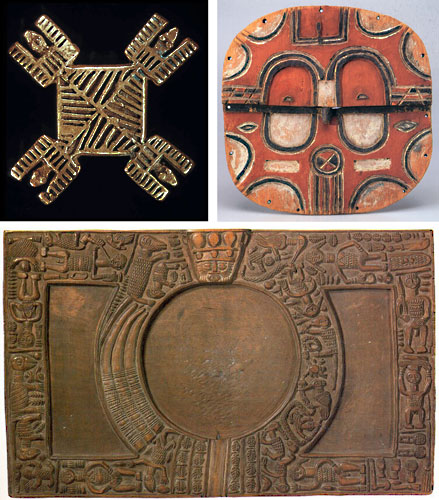215.001
African Visual Cultures: Akan/Kongo/Yoruba
TTh 11:30-1:00pm
180 Tappan
3 Credit Lecture. Crosslisted with CAAS 215.001

This course introduces a broad range of perspectives on African visual cultures by focusing closely on three cultural groups: the Akan and the Yoruba of West Africa, and the baKongo of Central Africa. Each of these groups is vast and varied, comprised of many ethnic groups with unique and well documented histories that long precede Europe's supposed "discovery" of Africa in the 15th century. Beginning with a look at the archaeological treasures of each region's ancient history, we will continue by examining the many roles of visual images in cultural contexts before, during and after the era of European colonialism, and in Diasporic transformations. The images in question will be diverse: sculpture in several media, beadwork, architecture, ceramics, textiles, medicines, museum displays, photographs, digital images and spectacular performances will all be addressed. Discussion topics will be thematic and cross-cultural, for example: How do images both reflect and constitute the political life of a people? How does the spiritual power to cure or to harm come to reside within images? Can an image really be a god, or is it only ever a representation of a god? How do images communicate without words, encoding in form what cannot be said out loud? And how do images call viewers to remember the past, to understand the present, and to imagine the future? Estimated cost of materials: $50 or more, but less than $100. D.2,4

